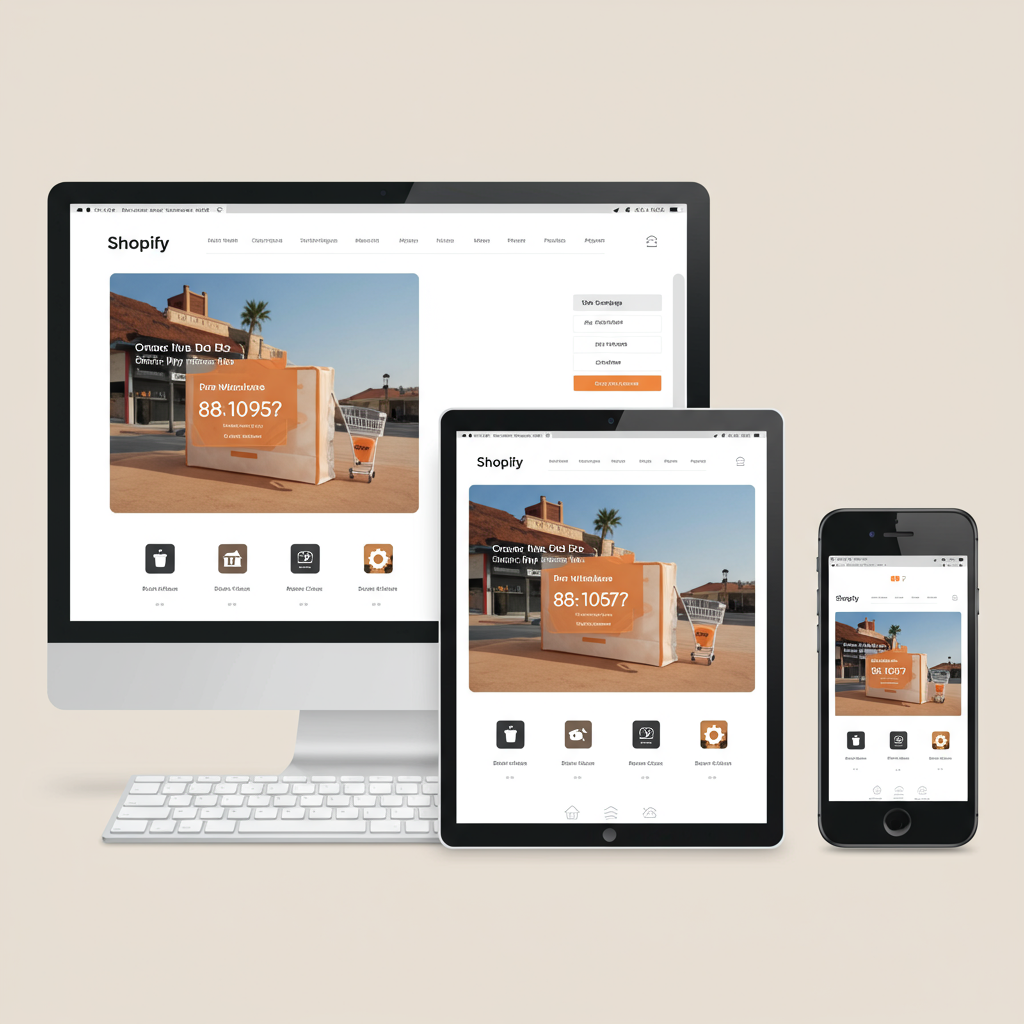My personal guide to crafting a high-converting and future-proof homepage for your Shopify store.
As a merchant navigating the ever-evolving e-commerce landscape, I know firsthand that your Shopify homepage isn’t just a digital storefront; it’s the grand entrance to your brand’s universe.
In 2025, with competition fiercer than ever and customer expectations soaring, a well-designed homepage is no longer a luxury—it’s an absolute necessity for conversion and brand loyalty.
I’ve spent countless hours analyzing what makes a Shopify homepage truly shine, and I’m excited to share my top tips to help you craft a digital experience that captivates visitors from the moment they land.
My first piece of advice is always to prioritize user experience (UX) above all else. A beautiful site is useless if it’s confusing or difficult to navigate. Think intuitively.
This means ensuring your site is lightning-fast. In 2025, slow loading times are a death knell for conversions. Optimize images, leverage browser caching, and choose a lean theme.
Secondly, a mobile-first approach isn’t just a suggestion; it’s the standard. The vast majority of your customers will likely browse on their phones, so your homepage must look and function flawlessly on smaller screens.
Let’s talk about the hero section – that crucial “above the fold” area. This is your prime real estate. I always recommend a compelling, high-resolution image or a short, engaging video.
Your unique selling proposition (USP) needs to be crystal clear here. What makes you different? Why should they buy from *you*? State it concisely and prominently.
Accompanying your USP should be a strong, singular call-to-action (CTA). “Shop Now,” “Discover Our Collection,” or “Learn More” – make it obvious what you want them to do next.
Next, consider your navigation. I believe it should be intuitive and easily accessible. Utilize clear categories, and if you have many products, a well-structured mega menu can be incredibly effective.
Don’t forget a prominent search bar. Many visitors know exactly what they’re looking for, and a quick search function can significantly improve their experience and lead to faster conversions.
Below the hero, I like to showcase my best-selling products or new arrivals. This immediately gives visitors a taste of your offerings and highlights what’s popular or fresh.
Grouping products into curated collections is also a fantastic strategy. “Summer Essentials,” “Gifts for Her,” or “Eco-Friendly Picks” can guide customers and simplify their shopping journey.
Social proof is non-negotiable in 2025. I always integrate customer testimonials, star ratings, and trust badges prominently. People trust what others say about you more than what you say about yourself.
Consider adding a section that tells your brand story or highlights your “About Us.” In an increasingly impersonal digital world, connecting with your audience on a human level builds trust and loyalty.
I find that strategically placed calls-to-action throughout the page are vital. Don’t just have one at the top; guide your customers with clear next steps as they scroll down.
For content marketing, I always recommend integrating a blog section. This not only drives organic traffic through SEO but also positions you as an authority in your niche.
An email signup form is another must-have. I usually place it towards the bottom or as a subtle pop-up. Offering an incentive, like a discount, can significantly boost sign-ups.
The footer, while often overlooked, is crucial. I ensure it contains essential links like contact information, FAQs, shipping policies, and social media links.
Looking ahead to 2025, personalization powered by AI is becoming standard. I’m exploring ways to dynamically display products or content based on a visitor’s browsing history or demographics.
Sustainability and ethical sourcing are increasingly important to consumers. If these are part of your brand’s values, I strongly advise highlighting them on your homepage.
Video content continues its reign. Short, engaging product videos or brand story clips can significantly increase time on site and convey information more effectively than static images.
Accessibility is not just a legal requirement but a moral imperative. I ensure my homepage is navigable for everyone, including those with disabilities, by using proper alt text, color contrast, and keyboard navigation.
For certain product types, I’m even looking into augmented reality (AR) or virtual try-on features. Imagine customers trying on clothes or placing furniture in their homes virtually!
Finally, remember that your homepage is never truly “finished.” I constantly monitor analytics, conduct A/B tests, and gather customer feedback to refine and improve the experience.
What do you think about these tips? Are there any strategies you’ve found particularly effective for your Shopify homepage? I’d love to hear your insights.
By implementing these strategies, you’re not just designing a homepage; you’re crafting a powerful conversion engine that will serve your Shopify store well into 2025 and beyond.
Invest the time and effort now, and you’ll reap the rewards of a highly engaging, high-converting Shopify homepage that truly represents your brand’s excellence.






